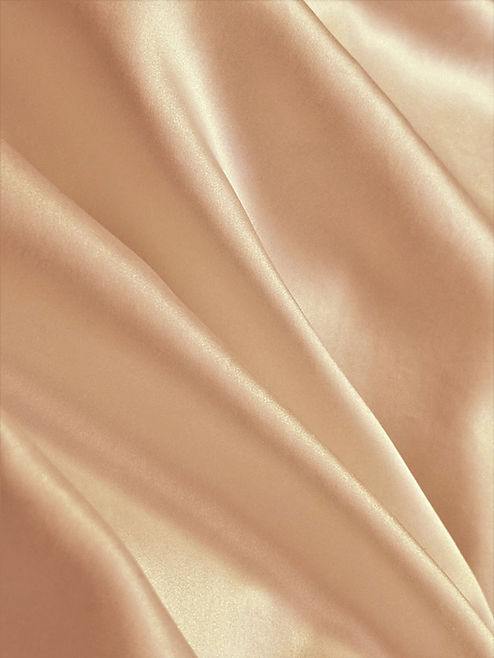Typology of Silk Ribbons
To create an overview of Museum Amager’s collection of silk ribbons, we have chosen to work with a typology based on three overarching factors: technique, function, and material. These three analytical categories not only form the framework for the cataloguing process but also serve as an entry point to the project’s terminological work. At the same time, we have developed and applied a method in which visual and verbal representations are integrated with the aim of sharpening and activating the concepts associated with silk ribbons - in line with the interdisciplinary approach developed over a number of years by the Centre for Textile Research.
Terminology is understood here not as a passive listing of technical terms but as an active tool for understanding, communicating, and investigating textile concepts. It has been crucial to work with both synonym variation, historical designations, and differences between Danish, French, and English specialist terminology. At the same time, we have emphasised how non-verbal elements such as photographs, drawings, pictograms, and weaving diagrams can contribute to a more precise and cross-cultural understanding of the concepts.

Ribbons
-
Technique
A silk ribbon differs from other textiles by being relatively narrow and equipped with complete selvedges, which often form the ribbon’s primary ornamentation. This technical feature is precisely what makes the ribbon a distinct textile category — separate from other types of fabric. At the Musée d’Art et d’Industrie in Saint-Étienne, ribbons are defined as textiles less than 30 cm in width, but in practice this limit varies. The question of a maximum ribbon width is not solely technical, but is closely linked to the ribbon’s intended and actual use. The boundary between a narrow textile and a wide ribbon is therefore fluid, and the definition must in part rely on context.
-
Function
Functional ribbons is a category we have introduced to encompass the many ribbons in the collection that may not have been technically manufactured as ribbons, but have served the same purpose. These may be narrow pieces of textile — often decorated with embroidery or passementerie — that have been cut from larger textiles and used for decoration, fastening, or symbolic marking. These “ribbons” appear in usage contexts where they function similarly to the technical silk ribbons.
By distinguishing between technique and function, we acknowledge that the use of an object does not always correspond to its method of manufacture, and that meaning-making in textile practices also depends on context and purpose. A piece of textile can function as a ribbon, even if it was not technically produced as one.
-
Material
Silk ribbons are immediately associated with silk — but what does it mean for a ribbon to be made of silk? This question is particularly relevant, as some of the ribbons we have examined are made of artificial silks such as rayon and viscose, which have been in use since the late 19th century and became widespread in the 1920s and 30s. These fibers imitate the sheen and texture of silk but are produced from regenerated cellulose and therefore belong to the plant-based rather than the animal-based fiber group.
We have therefore not applied a narrow material definition, but instead assessed each ribbon’s character across technique, function, and material. Ribbons where the material is uncertain, but which otherwise meet typical criteria, have been included as silk ribbons. This pragmatic choice is based both on the nature of the collection and on the recognition that “silk” has often functioned symbolically to signify sheen, luxury, and status — rather than referring exclusively to a specific fiber.
Weaves
Woven textiles are made on a 'weaving device' usually called a loom and generally consist of two thread systems, the warp (vertical) and weft (horizontal). The warp is set up on the loom and the weft threads are then passed over and under the warp creating all sorts of textiles depending on how the weft thread has passed the warp threads across the fabric.



Tabby
A tabby fabric is created by passing each weft thread over one warp thread then under the next and so on.
Other terms: Plain weave, linen weave, taffeta weave
Variants: Reps, basketweave
Danish translation: Lærred, taft, toskaft
Resources: Vocabulaire - Le vocabulaire du CIETA



Twill
A twill fabric is characterised by diagonal lines. These lines are created by offsetting the point where the weft thread passes over the warp. The number of threads passed can vary greatly, the most basic types are: 1/2, 2/2.
Other terms:
Variants: Herringbone twill, Diamond (lozenge) twill
Danish translation: Kipper, Kiper
Resources: Vocabulaire - Le vocabulaire du CIETA





